
Air Force begins transition of hospitals, clinics to the Defense Health Agency
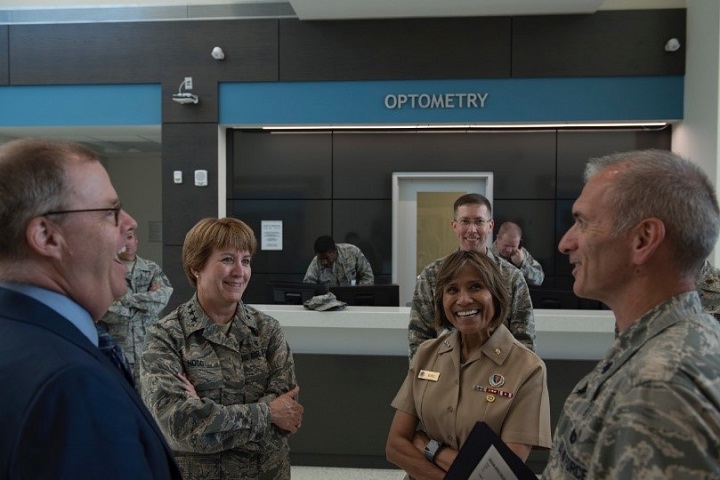
Leaders of the Defense Health Agency and the U.S. Air Force Surgeon General discuss changes made to the 4th Medical Group’s new facility, Sept. 6, 2018, at Seymour Johnson Air Force Base, North Carolina. Military medicine is changing to a single, integrated health system designed around patients and ensuring military medical readiness beginning in Oct. 1, 2018. Over time, the integration and standardization of healthcare will provide patients with a consistent, high-quality health care experience, no matter where they are. (U.S. Air Force photo by Airman 1st Class Jacob B. Derry)
FALLS CHURCH, Va. — The Defense Health Agency officially assumed administrative and management responsibilities of a handful of hospitals and clinics as part of the Military Health System reforms mandated by Congress.
The transition of the facilities is part of a phased implementation plan developed by DHA and Services medical departments that begins on Oct. 1, 2018.
Congress enacted these changes to create a more integrated, efficient, and effective system of readiness and healthcare that best supports patients and the Department of Defense.
Air Force hospital and clinics transitioning under the DHA’s direct management during the first phase include: the 43rd Medical Squadron at Pope Field, North Carolina; the 81st Medical Group at Keesler Air Force Base, Mississippi; the 628th MDG at Joint Base Charleston, South Carolina; and the 4th MDG at Seymour Johnson AFB, North Carolina. The remaining Air Force hospitals and clinics will transition to the DHA in phases by Sept. 30, 2021.
“From a patient perspective, most of these changes should go unnoticed,” said Navy Vice-Adm. Raquel C. “Rocky” Bono, DHA director. “Patients can expect the same high quality, trusted care they have come to know at our military treatment facilities. Providers can expect to focus on practicing medicine and maintaining their preparedness in the event of crisis.”
DHA will be responsible for budgetary matters, information technology, health care administration and management, administrative policy and procedure, and military medical infrastructure at all MTFs. The Services will be retain responsibility for operational mission support and recruiting, organizing, training and equipping Medical Airmen.
“Readiness will stay job number one,” said Lt. Gen. Dorothy Hogg, Air Force Surgeon General. “Increased integration with the DHA and the Services will strengthen our readiness, narrow our focus on operational medicine, and enhance our support to the warfighter.”
The next phase of integration will be comprised of hospitals and clinics in the Eastern United States and should be complete by October 1, 2019. Subsequent phases include hospitals and clinics in the Western United States followed by overseas medical facilities.
Disclaimer: Re-published content may have been edited for length and clarity. Read original post.
A 'Pharmacy Phamily' team effort recognized at Naval Hospital Bremerton
Article
10/3/2018
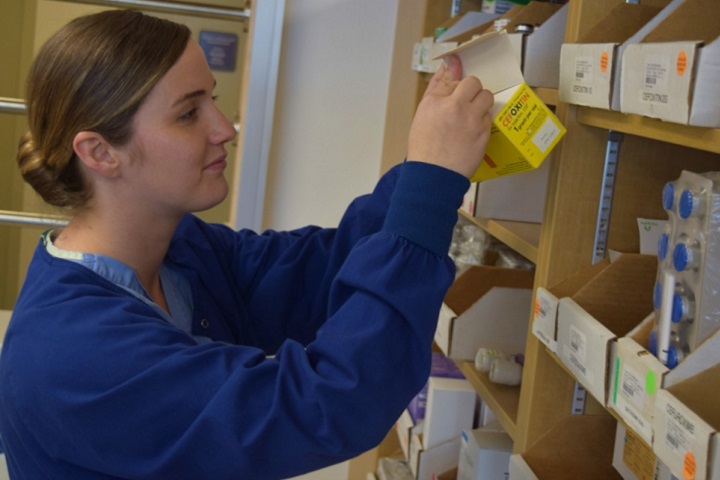
Naval Hospital Bremerton’s pharmacy selected for the 2018 Navy Pharmacy Team Award
Robotics key to medical Airmen recruitment, retention, readiness
Article
10/2/2018
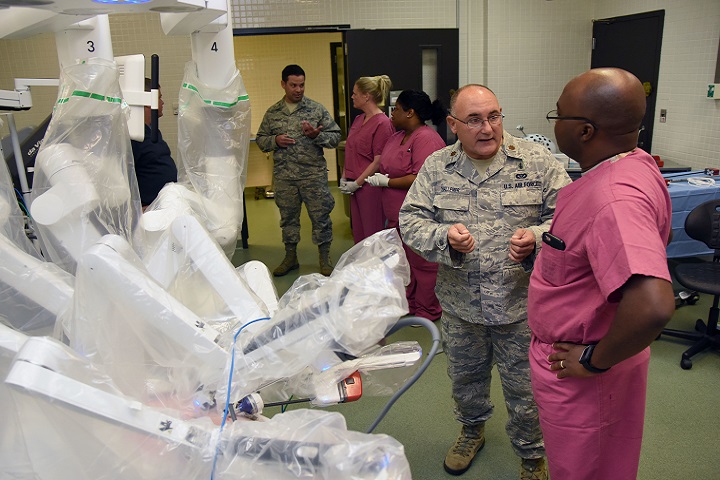
Robotics has been the standard for years in the private sector
DHA assumes management, administration of KMC
Article
10/2/2018

The Keesler Medical Center is the first hospital in the Air Force to transition
Implementing Congressional Direction for Reform of the Military Health System
Policy
Policy Memorandum, signed by Deputy Secretary of Defense Patrick M. Shanahan, to direct implementation of the Military Health System (MHS) organizational reform required by the National Defense Authorization Act.
- Identification #: N/A
- Date: 9/28/2018
- Type: Memorandums
- Topics: Military Hospitals and Clinics
DHA IPM 18-008: Use of Medical Q Services (MQS) Contract by Military Treatment Facilities (MTFs)
Policy
This Defense Health Agency-Interim Procedures Memorandum (DHA-IPM), based on the authority of References (a) through (d): - Instructs MTFs and servicing contracting offices to use the DHA MQS contracts for the procurement of health care staffing requirements for market segments of physician, nurse, dental, and ancillary contract services in the United States and its Territories. - Is effective immediately; it must be incorporated into a forthcoming change to DHA Procedural Instruction 6025.05 (Reference (g)). This DHA-IPM will expire effective 12 months from the date of issue.
- Identification #: 18-008
- Date: 9/19/2018
- Type: DHA Interim Procedures Memorandum
- Topics: Military Hospitals and Clinics
Naval Hospital Jacksonville selected as first Navy facility to transition to DHA
Article
9/13/2018
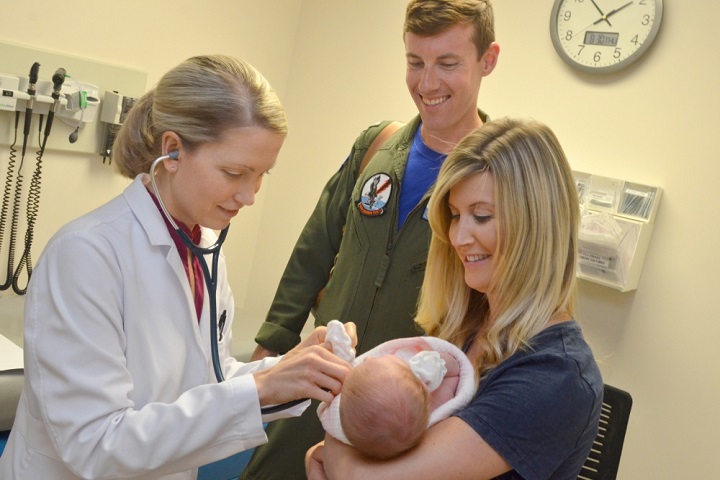
Naval Hospital Jacksonville’s staff across six locations stands ready to make this a seamless transition for patients
Spine surgery team adds capability, improves readiness
Article
9/11/2018
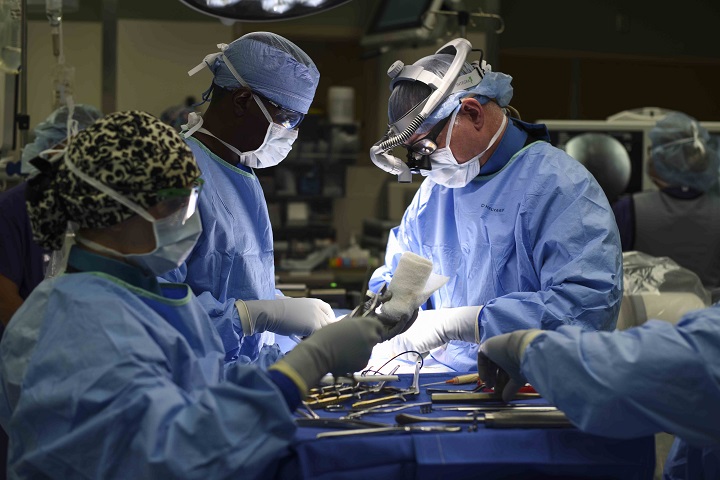
The benefits of performing complex surgeries in the orthopedic spine clinic go far beyond the operating room
DoD, Air Force medical leaders visit JB Charleston
Article
8/13/2018

By October 2021, all military treatment facilities to include overseas facilities are scheduled to transition to DHA management
Shanahan discusses medical readiness, DHA transfer at Womack
Article
8/1/2018
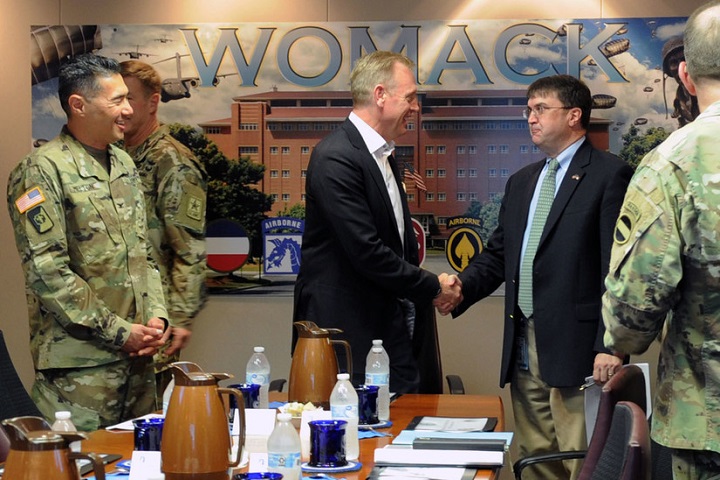
The fiscal year 2017 National Defense Authorization Act transfers the administration and management of military medical treatment facilities to the DHA beginning Oct. 1, 2018
NMC Camp Lejeune: 75 years of service expands to civilian community
Article
7/31/2018
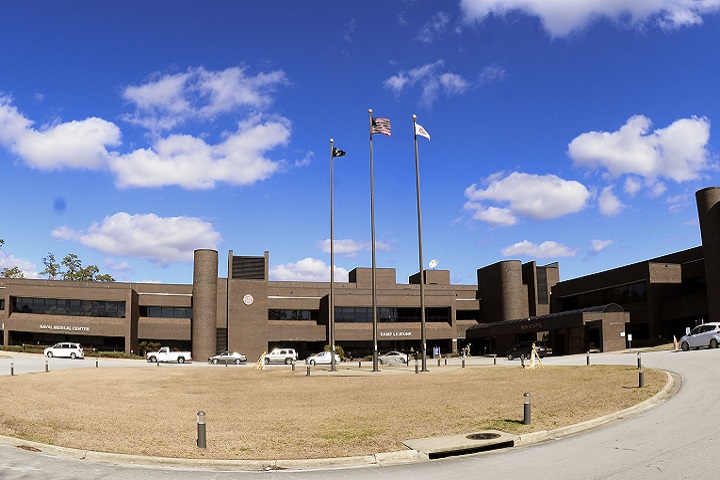
Trauma verification helps providers keep skills sharp
Leaders come together to rehearse military healthcare transition
Article
7/31/2018
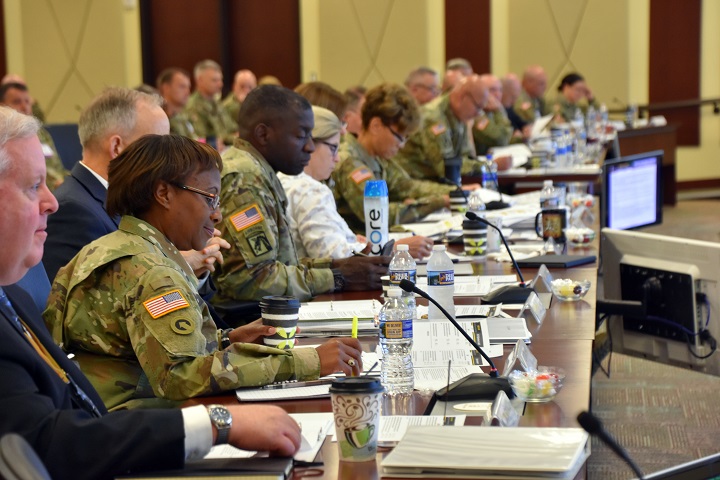
There should be zero impact on delivery of medical services that support readiness of the force
Two MHS providers achieve top scores in the patient experience survey
Article
6/4/2018

The MHS recently published its annual “Best of the Best” report on medical providers
Project Sea Raven delivers cutting-edge pathogen detection technology
Article
5/31/2018
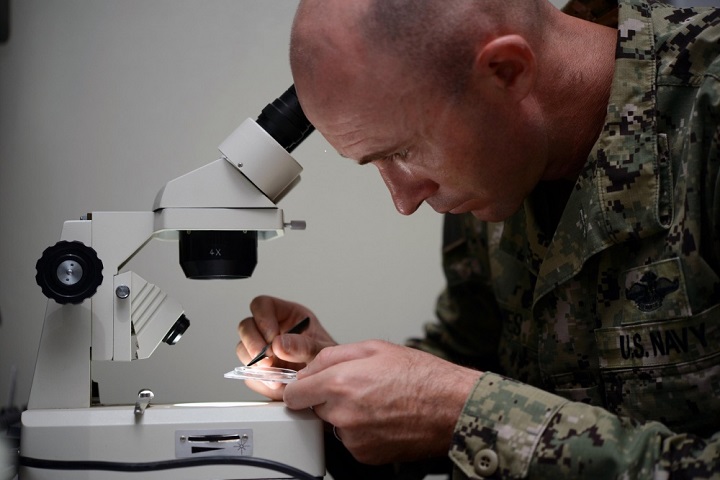
Project Sea Raven is now an integral part of USNS Mercy’s microbiology capacity
The journey to military nursing is different for all
Article
5/9/2018
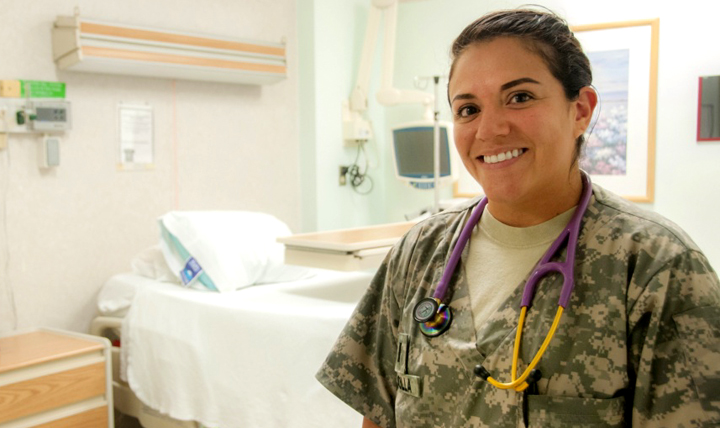
During National Nurses Week, two Army nurses share insight into their jobs, what motivated them to make a career change, and why they love what they do.
Multinational surgeons participate in first robot-assisted surgery onboard USNS Mercy
Article
5/7/2018
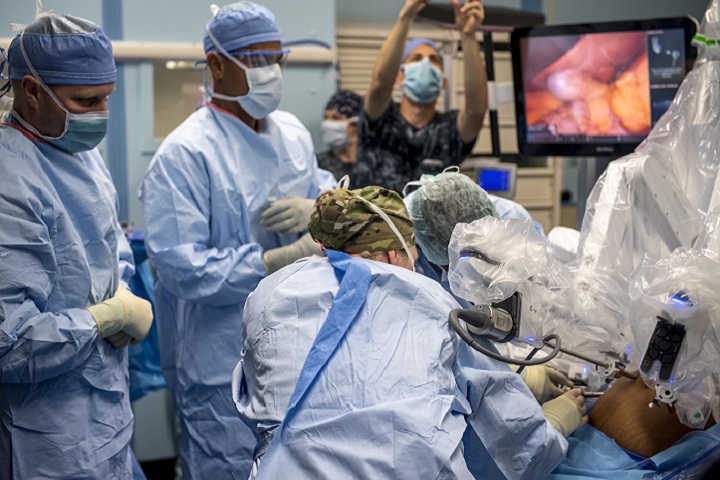
A joint team of multinational surgeons successfully completed a gall bladder removal, using a Da Vinci XI Robot Surgical System





















.png)









No hay comentarios:
Publicar un comentario